Interior design is often surrounded by myths that can subtly disrupt the harmony of your home.
These misconceptions, while widely believed, might be leading you astray in your quest for a beautifully designed living space.
By debunking these myths, you can create a home that truly reflects your style and functionality needs.
1. Myth 1: Small Rooms Must Be White
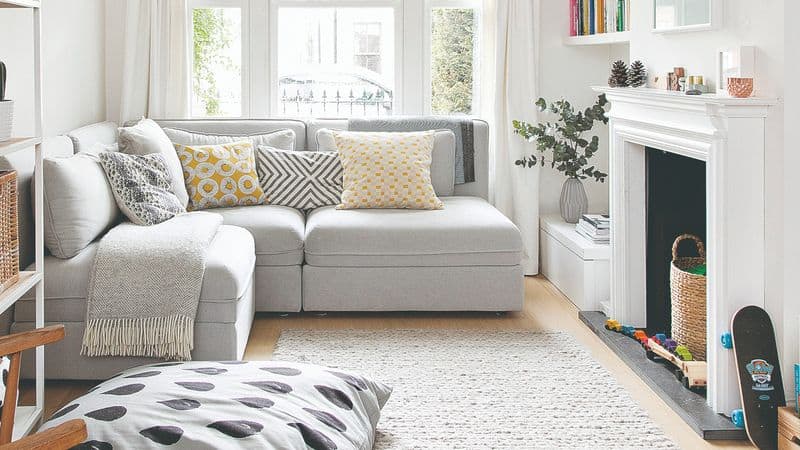
Many believe that small rooms must be painted white to appear larger. This notion limits creative expression. In reality, dark colors can add depth and coziness to small spaces.
Imagine a small room bathed in a deep blue, accented by light furnishings.
This contrast can create an illusion of grandeur, making the space feel intimate yet expansive. The key is balance; ensure the room has ample light and strategically placed mirrors.
By embracing color, you allow small rooms to exhibit personality. Thus, don’t shy away from bold colors next time you decorate.
2. Myth 2: Matching Furniture Sets Are Essential
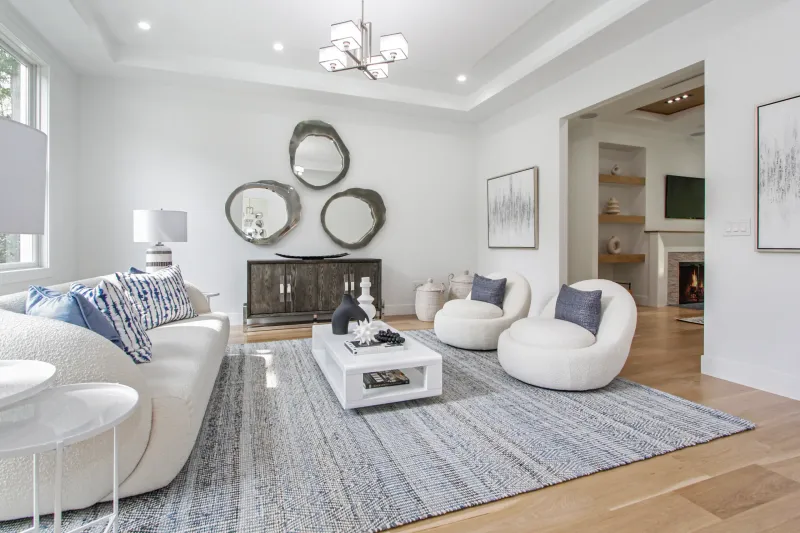
The belief that all furniture must match can stifle creativity. Mixing styles can add interest and personality. For instance, a contemporary sofa paired with a vintage armchair brings character and depth.
Different textures and styles can coexist harmoniously, creating a unique vibe that reflects individuality. Think of your space as a canvas where diverse pieces tell a story.
Instead of purchasing matching sets, consider items that speak to you, crafting a curated look.
This approach ensures your home is unique, avoiding the cookie-cutter appearance of uniform sets.
3. Myth 3: Artwork Should Only Be Hung at Eye Level
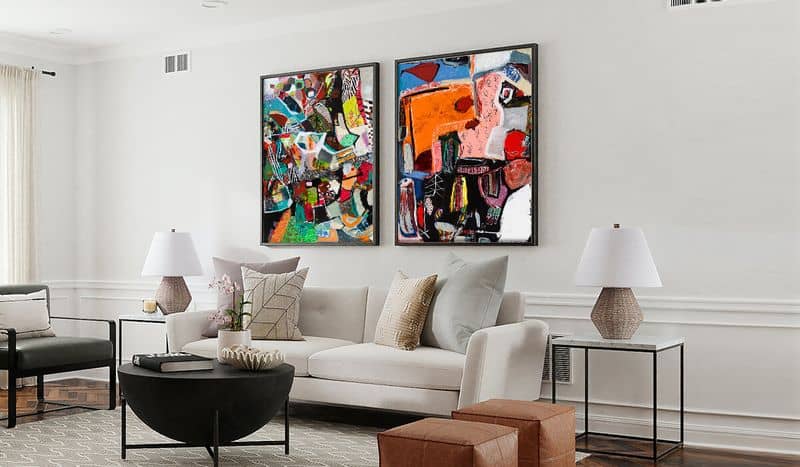
Hanging artwork only at eye level can limit the visual dynamics of your space. By varying the heights, artwork can lead the eye on a journey around the room. This technique adds intrigue and dimension.
Consider a gallery wall where pieces are arranged to create a cohesive yet vibrant display, blending different sizes and frames.
This approach not only enhances aesthetics but also personalizes the space.
Allow art to be a focal point by showcasing it in unexpected ways, breaking free from traditional placement norms and captivating visitors.
4. Myth 4: Large Furniture Overwhelms Small Spaces
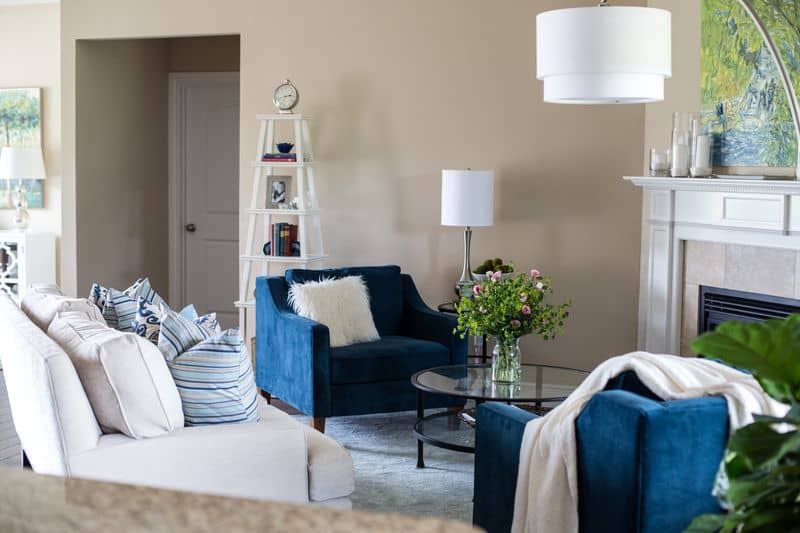
It’s often thought that large furniture doesn’t belong in small spaces. Contrary to this belief, a well-chosen piece can anchor a room beautifully. Picture a cozy apartment living room with a spacious sectional.
This choice might seem counterintuitive, but it can actually make the space more inviting and functional.
The trick lies in proportion and layout, ensuring the furniture complements rather than competes with the room’s size.
Selecting multipurpose pieces enhances utility without cluttering. Spacious furniture can redefine small spaces, offering comfort and style.
5. Myth 5: Open Shelving is Only for Display
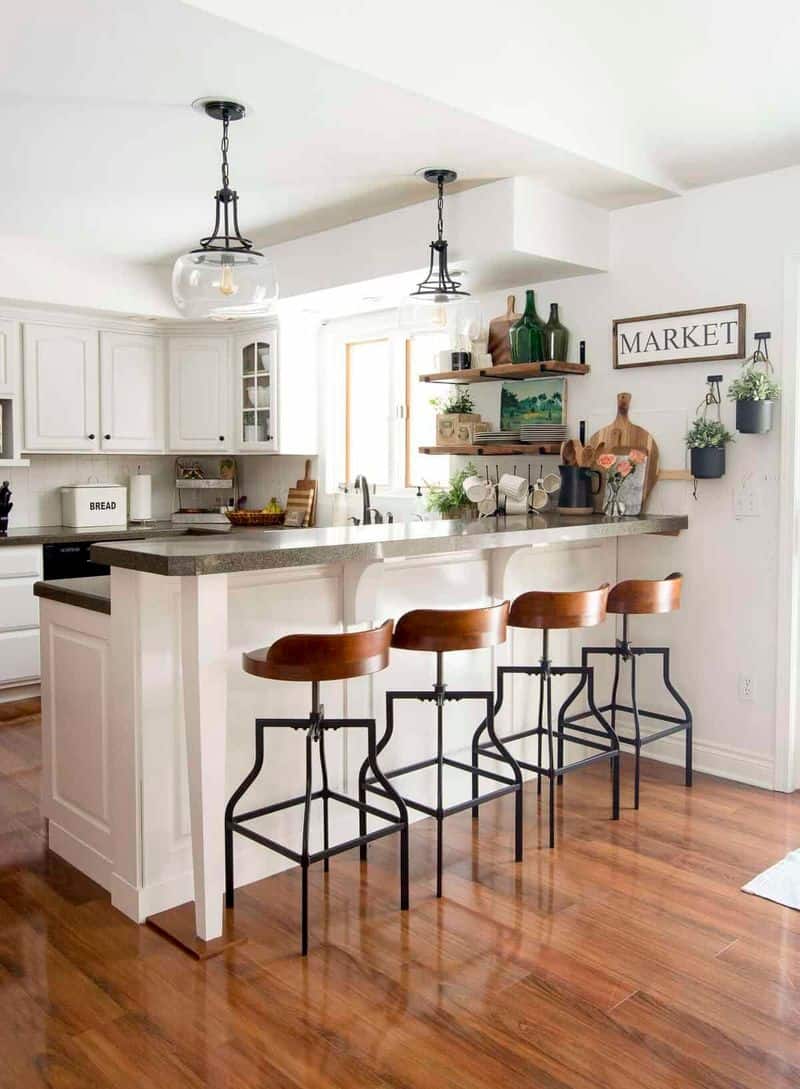
Open shelving is often seen as purely decorative, but it can be functional, too.
In kitchens, for example, open shelves can showcase beautiful dishware and serve as accessible storage for daily essentials.
Imagine a kitchen where open shelves display colorful dishes alongside jars of spices and cookware. This blend of form and function creates an inviting space that’s both practical and stylish.
The key is organization; maintain a balance between display items and functional needs. Embrace open shelving as a versatile solution, marrying aesthetics with utility.
6. Myth 6: Neutral Palettes Make Spaces Boring

Neutrals are often dismissed as dull, yet they offer a versatile foundation for dynamic design. Imagine a room layered with varying shades of gray, beige, and cream.
Textures and patterns play an essential role, adding depth and interest without overwhelming the senses.
A neutral palette allows for the introduction of colorful accessories that can be swapped easily with changing seasons or trends.
By focusing on texture and subtle variations, spaces become sophisticated and inviting, embodying elegance and warmth without being monotonous.
7. Myth 7: Bold Patterns Overcrowd a Room

A common misconception is that bold patterns overcrowd spaces. However, they can inject personality and energy.
Visualize a bedroom adorned with striking wallpaper, complemented by minimalist furnishings.
This balance prevents the room from feeling chaotic, instead cultivating a vibrant yet serene environment. Patterns can serve as a focal point, drawing attention while other elements provide calm contrast.
Bold patterns, when used strategically, can transform a room, offering both visual interest and style without overwhelming the space.
8. Myth 8: Rugs Should Match Room Colors
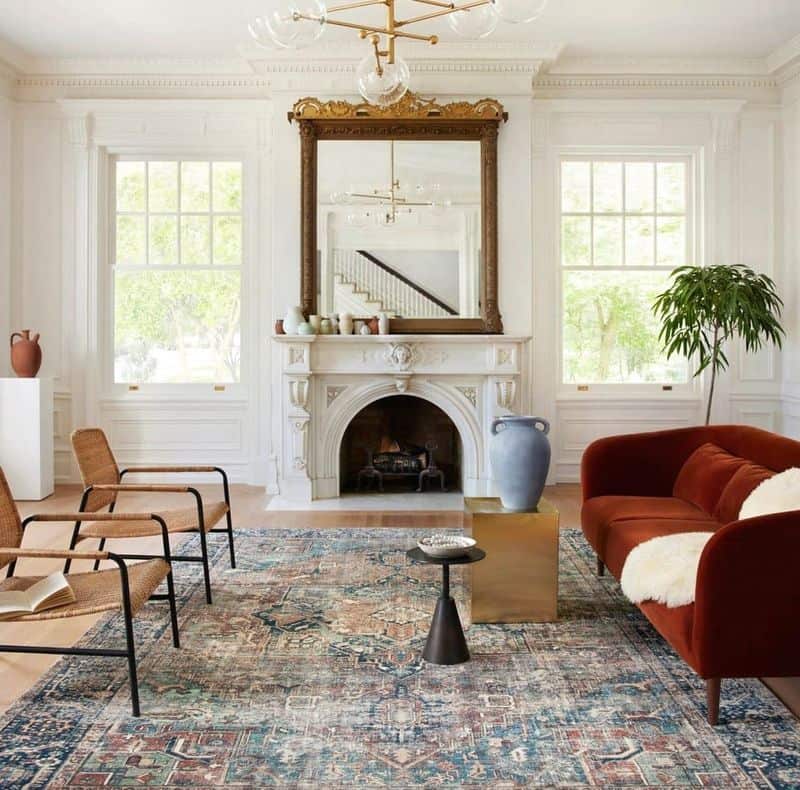
Rugs don’t need to match the room’s color scheme. A contrasting rug can add a dynamic element, anchoring the decor. Picture a living room where a vibrant rug becomes the centerpiece, contrasting with neutral furnishings.
This not only adds color but also defines and grounds the space, creating visual interest. Using rugs as statement pieces can tie a room together cohesively without strict color matching.
Think of rugs as art for your floor, offering an opportunity to experiment with color, texture, and pattern.
9. Myth 9: Design Trends Should Be Followed

The pressure to keep up with design trends can lead to a lack of personal expression. Instead, focus on timeless pieces that resonate with your style.
This approach ensures longevity and satisfaction, creating a home that feels authentic. Trends come and go, but personal style endures.
Prioritize elements that bring joy and comfort, allowing your space to evolve naturally. Embrace what you love, crafting a home that tells your unique story.
10. Myth 10: Every Wall Needs Art

Not every wall needs to be adorned with art or decorations.
Sometimes, the absence of art can highlight architectural features or create a serene atmosphere. Imagine a minimalist living room where empty walls accentuate space and light.
This approach can make a room feel open and uncluttered, allowing the mind to relax and focus on the essentials.
It’s about finding balance and ensuring that each element in the room has a purpose. Embrace the beauty of simplicity, letting your space breathe without unnecessary embellishments.

